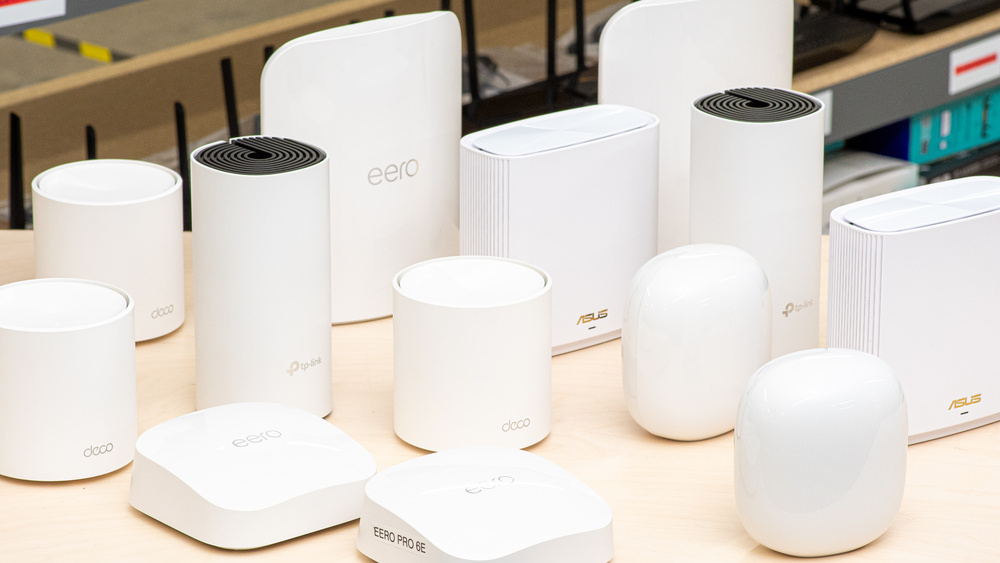For long chances that were to succeed, it would be imperative to comprehend the roles and differences of critical devices for networking like routers, switches, firewalls, and access points. Each machine has a unique purpose in building and maintaining a network. Any misunderstanding of the functions could result in rudimentary inefficiency and vulnerability. The roles of all of these devices will be broken down in this guide, enabling you to choose the right ones suited for your network.
What Is a Router?
A router is a networking device that connects two or more networks and forwards data packets between them from one to the other. The primary responsibility of the router is to provide proper data packets to the desired destination, whether that be within a local network or across the internet.

Key Features of Routers:
- Network Connection: This could link several networks, like a home network to the internet.
- IP Address Assignment: It uses DHCP (Dynamic Host Configuration Protocol) to assign IP addresses automatically to the devices.
- Traffic Management: Makes the systematic directions to quickly control the trajectory of data packets for reducing/escaping congestion.
- Security Features: Encompasses basic mechanisms of firewall blocking to avert unauthorized traffic.
When to Use a Router:
- How to connect a local network to the internet.
- In order to manage or direct traffic between various subnets.
- When simple network security and traffic management are needed.
What Is a Switch?
Within the same network, a switch keeps devices such as computers, printers, and servers connected such that they can communicate. In contrast to routers, they do not connect to external networks.

Key Features of Switches:
- Device Connectivity: Links together various devices on an LAN (Local Area Network).
- Data Packet Handling: Uses the Media Access Control (MAC) addresses to directly send data to the desired device.
- Speed and Efficiency: Minimizes network congestion by breaking the traffic into bites.
- Managed vs Unmanaged: Managed switches provide extra power to offer VLAN (Virtual Local Area Network) and traffic monitoring capabilities.
When to Use a Switch:
- In order to establish networks for extending data flow from one point within a LAN to the next.
- To support group data exchange within a LAN pool.
- For data carrying with lesser complication in an office or at residence.
What Is a Firewall?
Requirements for a firewall may include viewing the security rules for incoming and outgoing network traffic. The firewall can be a hardware based firewall, a software based firewall or a combination of both of these.

Key Features of Firewalls:
- Traffic filtering: halts the traffic approaching containing unauthorized or malignant elements.
- Network protection: protects the network from potential hazards such as hackers and malware.
- Policy enforcement: We can produce rules acceptable to the network traffic.
- VPN support: Most modems/or firewalls are accommodating VPNs designed for access from a remote end.He also wanted to string together a list of possible requests.
When to Use a Firewall:
- To secure sensitive data and systems.
- To fulfill security standards and compliances.
- To prevent unauthorized access and cyberattacks.
What Is an Access Point?
An access point or wireless repeater is an electronic device that extends a wireless local area network (WLAN). Traditional wireless networking components include an access point.

Key Features of Access Points:
- Wireless Connectivity: Join a network with the devices wirelessly.
- Seamless Roaming: Smoothly glide to the nearest available access point in a large network.
- Advanced Features: Multiple SSIDs, guest networks, and advanced security protocols like WPA3.
- Scalability: Extend network coverage quite easil.
When to Use an Access Point:
- To extend Wi-Fi services where wireless signals are either poor or altogether lacking.
- For extended homes or office sites that require multiple Wi-Fi zones.
- In order to support a vast number of wireless devices without performance degradation.
Key Differences Between Router, Switch, Firewall, and Access Point
| Feature | Router | Switch | Firewall | Access Point |
| Primary Function | Connects networks and routes data | Connects devices within a LAN | Protects network from threats | Provides wireless network access |
| Layer of Operation | Network Layer (Layer 3) | Data Link Layer (Layer 2) | Application and Network Layers | Data Link and Physical Layers |
| Security Features | Basic | None | Advanced | WPA/WPA2/WPA3 encryption |
| Internet Connectivity | Yes | No | No | No |
| Wireless Capability | No | No | No | Yes |
| Device Examples | Home routers, enterprise routers | Managed/unmanaged switches | Hardware and software firewalls | Wi-Fi access points |
How These Devices Work Together
In a modern network, these devices often operate in tandem:
- Router – responsible for interfacing a network with an Internet Service Provider and directing external traffic.
- Switch – allocates and manages the (among devices) the data coursing through a network.
- Firewall – protects a network by precluding the passage of unbidden polluting traffic.
- Access point – supplies wireless connectivity to authorized devices.
Topology of office: The router accesses ISP (Internet Service Provider). The switch accesses a router for sending data to computers, printers, and other devices. The firewall interferes with data security, while another connection point provides WLAN for mobile devices and laptops.
Conclusion
Understanding the distinctions between routers, switches, firewalls, and access points is essential in the creation of a secure network that behaves efficiently. Every piece of hardware has a purpose and functioning in harmony ensures best performance and security.
Choosing the right mix of hardware elements will enable one to design a network your business can rely on in any scenario-from a modest home environment to a large corporation. The size of the network, security considerations, and bandwidth and reachability can define your needs.



